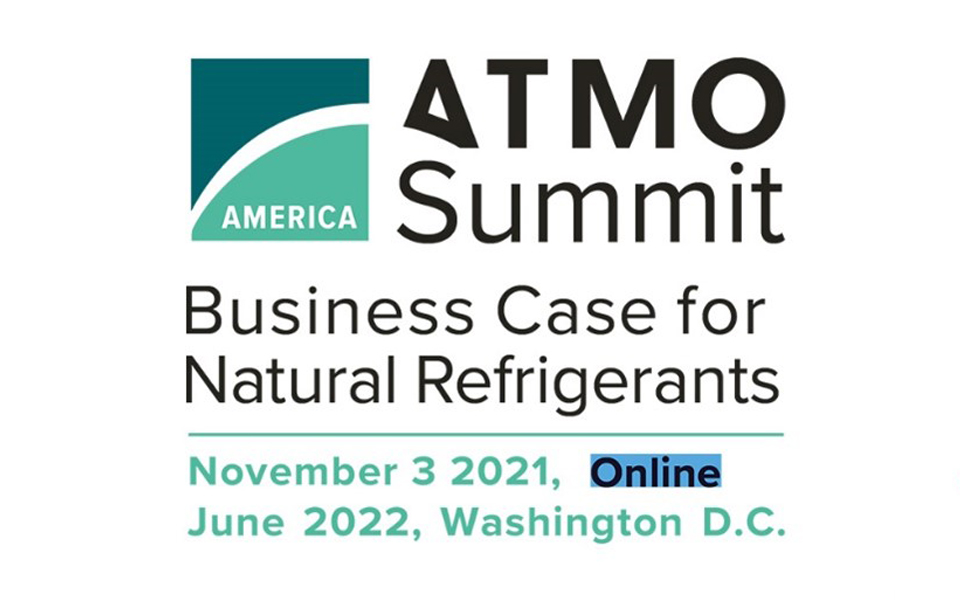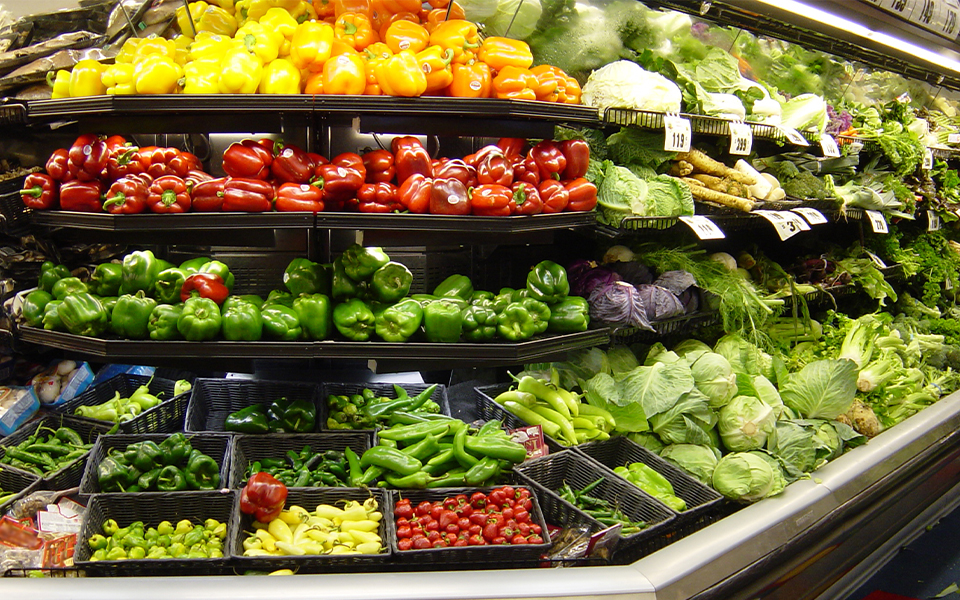*On June 1, 2023 Emerson’s Climate Technologies business became a new standalone company – Copeland. Though our name has changed, we are building on more than a century of HVACR innovation and industry leadership, and Copeland continues to offer the same products, industry stewardship, and learning opportunities you’ve grown to trust. Information found on this webpage posted before June 1, 2023 may contain our old name or branding, but you can be at ease knowing it was created with the knowledge and expertise of Copeland.
In an era shaped by environmental regulations and corporate sustainability initiatives, natural refrigerants have become viable alternatives in the transition away from hydrofluorocarbon (HFC) refrigerants with high global warming potential (GWP). From the increased adoption of CO2 transcritical booster systems to the prospect of larger R-290 charge limits in self-contained applications, natural refrigerants continue to play ever-expanding roles within the U.S. commercial refrigeration sector. This dynamic landscape will be explored in depth at the upcoming ATMOsphere America Online Summit on Wednesday, Nov. 3, where Emerson will be showcasing some of its latest natural refrigerant solutions in our virtual booth. Register for the event here.

The 10th edition of ATMOsphere America will be held online, gathering key industry experts, policy makers, end users and contractors for a free, daylong event where attendees can network with peers and learn about the latest developments in natural refrigerant-based solutions. The program will cover market and technological trends, policy and standards updates, the impact of refrigerants, and end users’ perspectives on their experiences with natural refrigerants.
As a champion for the development of natural refrigerant technologies and a gold sponsor for this year’s event, Emerson is pleased to be hosting a virtual booth at this important industry conference. Not only will it give us an opportunity to highlight some of our new natural refrigerant capabilities, but it will also allow us to speak with industry stakeholders about the many developments that impact the use of natural refrigerants. Highlights will include:
CARB compliance — Under the California Air Resources Board’s (CARB) current proposal, the installation of new refrigeration systems containing more than 50 pounds of refrigerant in a new facility must use refrigerants with a GWP rating less than 150. In existing facilities, new installations of systems greater than 50 pounds would be subject to company-wide, fleet GWP reduction targets by 2030 compared to their 2019 baselines. These reductions may be achieved via one of two methods: by reducing the weighted-average GWP (WAGWP) to less than 1,400 GWP, or reducing greenhouse gas potential (GHGp) by 55%. CARB’s proposal could take effect as soon as this January.
R-290 charge limit increases — Recently, the Underwriters Laboratories (UL) approved the second edition of the UL 60335-2-89 standard, which raises the charge limits on commercial self-contained, plug-in displays based on whether they have an open or closed design. For open appliances without doors, the maximum charge limit has been raised to 500g; in closed appliances with doors or drawers, the new charge limit is 300g. These higher charge limits will help original equipment manufacturers (OEMs) to increase system capacities and sizes while capitalizing on R-290’s high efficiency and low GWP. Although additional regulatory approvals and building code updates are needed before these charge increases can fully take effect, this is a critical first step toward wider applicability of R-290.
To support OEMs that develop these self-contained units, Emerson has been producing R-290 compressors and condensing units for many years. Emerson has also been conducting trainings to help contractors and advising OEMs to better understand the new safety considerations for using R-290 to ensure that it can be used safely in these new applications. As manufacturers begin to adopt R-290 systems, they should ensure their systems meet the requirements of UL 60335-2-89 and ASHRAE standard 15. Today, this portfolio is being updated to accommodate larger charges while expanding into new R-290 qualified products.
New CO2 testing facilities — In addition to Emerson’s CO2 transcritical labs in Europe and at The Helix Innovation Center in Dayton, Ohio, we are currently building new testing labs in our Sidney, Ohio, location. These additions will provide more than 110,000 square feet of engineering and lab space and enable the support of system and component-level testing of CO2 products — including Copeland™ semi-hermetic and scroll compression platforms for CO2 transcritical applications — as well as supporting R-290 and other lower-GWP refrigerant alternatives. In addition, these new test labs will be staffed by dedicated engineering and technician personnel and include testing capabilities for compressors, controls, valves, electronics and supporting components.
To learn more about these policy updates and expanding capabilities, be sure to register for ATMOsphere America’s Online Summit and visit Emerson in our virtual booth.

Facility Health Score Insights Program Transforms Enterprise Maintenance
Leveraging refrigeration performance data drives food retail cost reductions. Maintaining proper...

8 proven strategies for rigorous cold chain management
Preparing for the approval and safe use of A2Ls in commercial refrigeration applications...
Protection for high-value shipments just got even better
We’re excited to announce the release of Copeland’s newest real-time tracker, the GO Real-Time...
